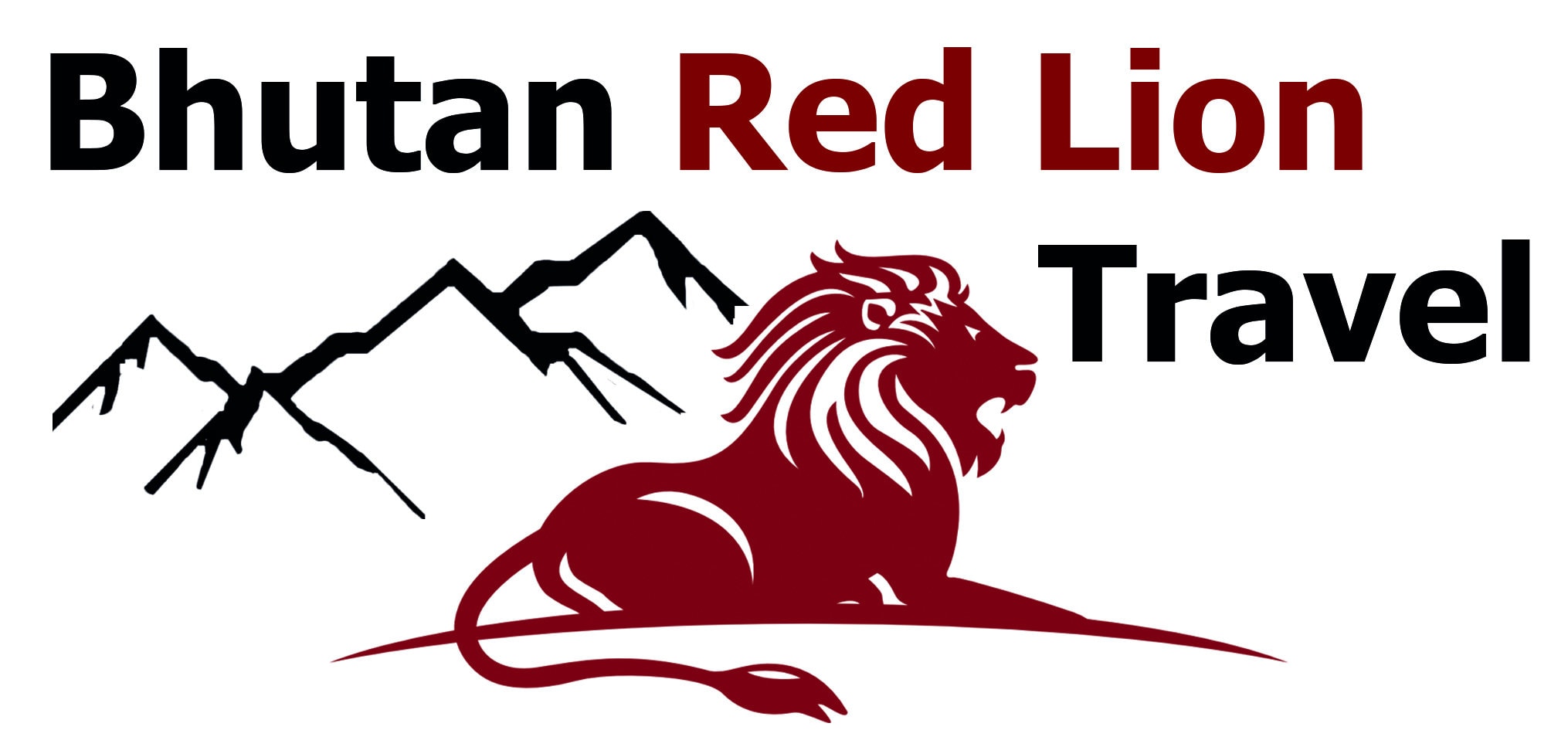This Bhutan tour with a 10-day roundtrip itinerary is an example of what you can see and explore. We are happy to customize all tours to your interests and wishes!
- Best travel time: Spring and autumn
- Accommodation: Hotel or Homestay
- Itinerary: Paro - Thimphu-Dochula Pass-Punakha-Bumthang-Tang Valley-Phobjikha Valley-Paro
- Fitness level: moderate
- Highest Altitude: 3,350 m
- Guides: English, other on request
Highlights of the Tour:

- Visiting the highlights of Paro
- Hike up to the famous Tiger's Nest
- Explore the Dochula Pass
- Explore the capital of Bhutan: Thimphu
- Discover the Bumthang district
- Walk through Tang valley
Sights to See
- Visiting the Highlights of Bhutan
- Enjoy a traditional hot stone bath
- Overnight in a Homestay
- Hiking to Taktsang monastery
- Explore one of the remotest places in Bhutan
- Get a deep inside in the religious culture
Paro
Tiger's Nest
Thimphu
Tang Valley
Dochula Pass
Bumthang
Bhutan Trekking Tour on Druk Path Trek

Paro-Thimphu
The flight to Paro is one of the most spectacular flights in the world, with an ever-changing panorama of some of the highest mountains on earth. You will meet your guide at Paro airport. Afterwards you will be transfered to the capital of Bhutan – Thimphu. The journey takes around 2 hours. On your journey you will visit the wire bridge which crosses to the Tachogang Lhakhang. The journey continues towards Chunzom where the rivers Paro Chu and Wang Chu meet. Here you will be able to visit three different Chortens (stupas): one in Nepalese, one in Tibetan and one in Buthanese style. Your journey continues until you finally arrive in Thimphu. In Thimphu, you have the opportunity to visit various weaving workshops. Afterwards you will also visit the impressive Thimphu Memorial Chorten.

Thimphu
On the second day of your trip you drive about one hour to your starting point of the hike to Chagri Monastery. Along the way you will pass some Chortens. The Chagri monastery was built in 1620 by Ngawang Namgyal, the first Zhabdrung Rinpoche, founder of Bhutan. For lunch, you drive back to Thimphu where you can visit the national and local history museum in the late afternoon. Later you will visit Changangkha-Lhakhang, an ancient temple, which sits high above the city of Thimphu on a ridge. Our tour through Thimphu also leads to the Takin Reserve, which is dedicated to the preservation of the national animal of Bhutan. In the late afternoon we visit Tashicho Dzong which is also the seat of the national government.

Thimphu-Dochula Pass-Punakha
Today the trip leads you towards Punakha. The journey takes about three and a half hours. On the way you will pass the important horticultural center in Yusipang and reach the Dochula Pass at 3,048 meters. After several stops along the way you reach the village Lumitsawa-Thinleygang and the fertile valley of Lobesa where you have lunch. After lunch you start a short hike through the village and its surrounding rice paddies to get to the Chimi Lakhang monastery. After your arrival in Punakha you visit the architecturally impressive Punakha Dzong. The Dzong is situated between two rivers, the Pho Chhu (father) and the Mo Chhu (mother). Take some time to admire the impressive, colorful and detailed art skills including the giant statues of Buddha.
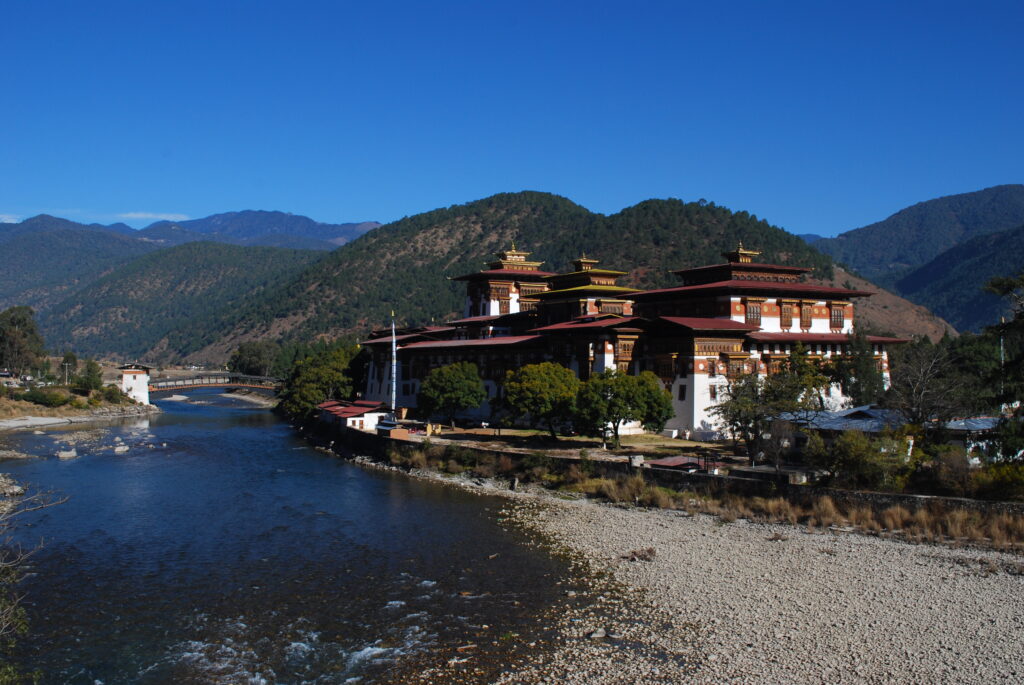
Punakha-Trongsa
Today you travel via Wangdue to Trongsa in central Bhutan. The trip takes about 5-6 hours. On the way you cross the Pele La Pass (3.350m) which is surrounded by Jigme Singye Wangchuck National Park. You will pass through small villages and Chortens on your way to Chendebji Chorten. In the afternoon you will drive to Trongsa. The journey takes about 2 hours. Near Trongsa you can enjoy the stunning views of the Trongsa Dzong. Upon arrival in Trongsa, you visit the Ta Dzong or known as “Watchtower”, with its magnificent view of Trongsa and Trongsa Dzong.
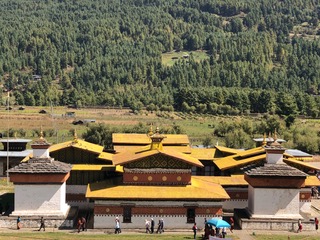
Trongsa-Bumthang
After breakfast you visit the Trongsa Dzong. Which was built in 1648. In former times it was the seat of the kings. The Dzong itself is a labyrinth of temples, corridors and offices. Later you drive to the Bumthang Valley over Yutong La Pass (3.596m). The Bumthang region includes four valleys – the Choekhor (Jakar), Tang, Ura and Chhumey valleys. These valleys are home to the most important and sacred monasteries in the country. In Chumey valley you stop at Zuney village to visit a Yathra weaving workshop. On arrival in Jakar you visit the local Dzong. The Jakar Dzong which was built by Ngagi Wangchuk in 1549. Today the Dzong is the chair of district administration and the monasterial body of Bumthang valley.
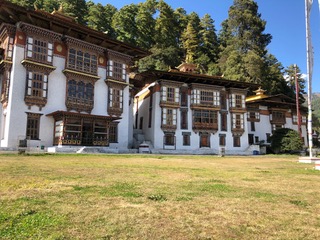
Bumthang
If the weather permits, you can walk to the Bumthang temple. The walk starts in Jampa Lhakhang. Your walk takes you past fields and pastures to Kurjey Lhakhang. On your way you will see a beautiful chorten and the newly built temple Zangdok Palri. The route continues via a rope bridge that takes you across the river to an idyllic farmhouse in Dorjibi village. Enjoy your meal in the authentic environment of Bumthang. After lunch, you will visit the Tamshing Lhakhang temple. It is situated on the other side of the river and was built in 1501 by Pema Lingpa and is the most important Nyingma Lhakhang in the Kingdom.

Tang Valley
The Tang Valley is the most remote valley in Bumthang and agriculturally partially unusable because of its poor soil quality. Your route takes you to the so called “Burning Lake” or Membartsho. The hike passes at Ta Rimochen Lhakhang Nunnery and the Ogyen Choling Palace, which was converted into a museum recently. On your way back to Tang you will pass the Convent Ta Rimochen Lhakhang.
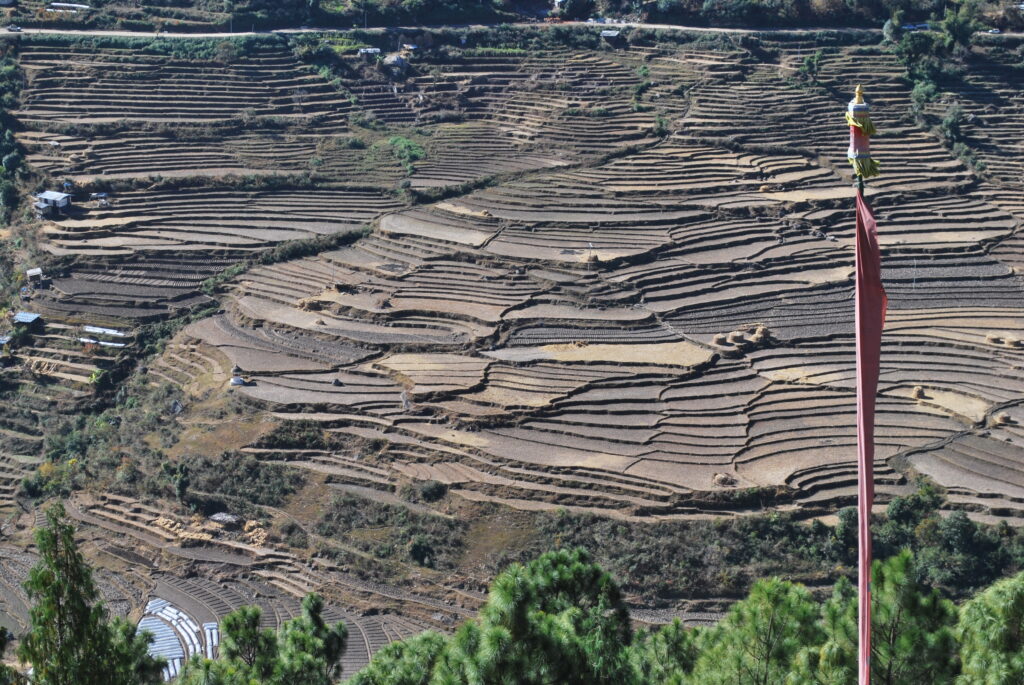
Bumthang- Phobjikha Valley
Today the journey takes you towards Wangdue. The trip takes about six to seven hours and the road winds through a mountainous area. In the afternoon we drive via the Lawa La pass to the Phobjikha Valley. The Phobjikha Valley is a very wide and open valley and is overlooking the Gangtey Gompa monastery. The valley is also the winter home of black necked cranes that migrate here every year from Tibet.
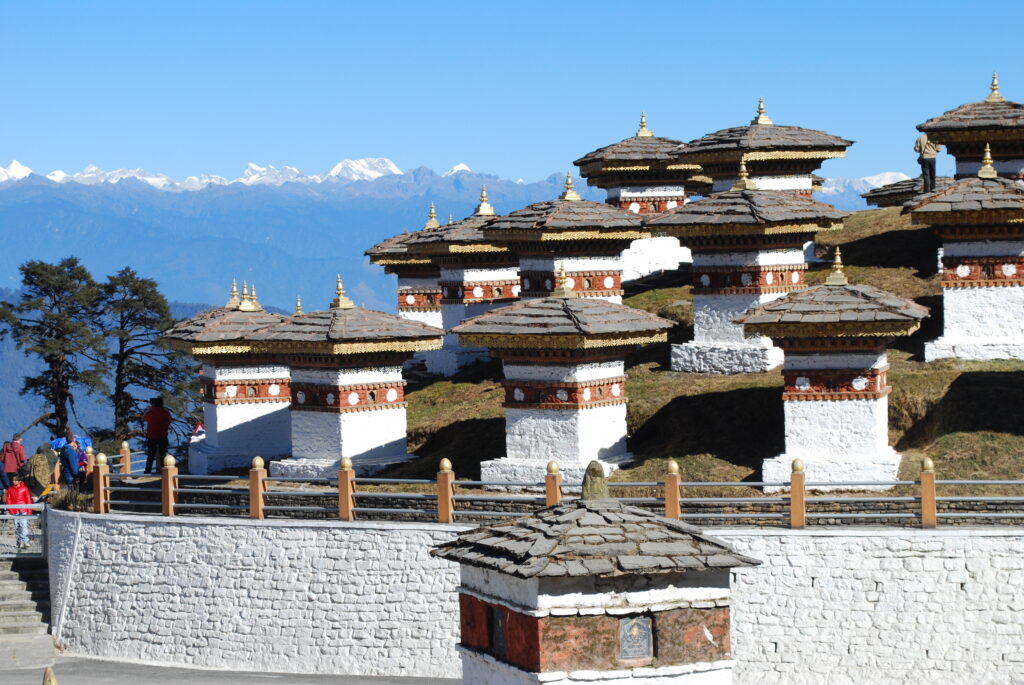
Phobjikha Valley-Paro
Todays trip takes a bit longe, the journey takes around 7 to 8 hours. From your hotel we drive back over the Dochula Pass. After a light refreshment on top of the pass you will arrive in Thimphu for lunch. On the road from Thimphu to Paro you stop at the Simtokha Dzong, which is the first Dzong in Bhutan, and was built in 1629.

Daytrip Taktsang (Tiger’s Nest)
Today is a special day of your trip to Bhutan: you will visit the spectacular Taktsang Monastery, perched on a cliff, 3,120 meters above Paro valley. After breakfast, you will drive to Ramthangkha which is located in the north of the Paro valley, from where you will start your hiking trip to the Taktsang Monastery. The trail leads through a beautiful pine forest, where many of the trees are decorated with Spanish moss and fluttering prayers flags.

Departure
After breakfast you are transferd to the airport and departure.
FAQ:
Bhutan has implemented special entry regulations to regulate the amount of tourism.
– Travelling into Bhutan is only possible with a visa. This is then only valid for the duration of the booked trip. Your passport must be valid for at least six months.
-Every tourist has to pay a Sustainable Development Fee which is 200 USD per person and night. Special discounts for longer stays are available. Detailed information will be provided during the planning of the trip.
-When planning a trekking trip, a guide is mandataroy.
-In Bhutan you are not allowed to drive a car on your own, you always need a driver.
The climate in Bhutan is divided in three climate zones, so there is no general answer for the best travel time to Bhutan. As a basic rule it can be said that spring and autumn are the best travel times to Bhutan.
-For north Bhutan the best travel time is from March to May and from September to October
-For central Bhutan the best travel time is from April to the end of October
-For south Bhutan the best travel time is from November to March
All guides speak English. German speaking guides are sometimes avaiable on request.
Bhutan is a fascinating country with a rich cultural heritage. Therefore the country offers several famous attractions. Most known attractions are the city of Paro and the capital of Bhutan Thimphu. One of the most known religious sites of Bhutan is the Taktsang Monastery or also called the Tiger’s Nest.
Furthermore Bhutan offers many Monasteries, Dzongs and other religious sites. Bhutan also offers beautiful nature and landscape.
The most common way for European travelers how travel to Bhutan is via airplane. Bhutans only international airport is located in Paro. The national air carrier of Bhutan is called Drukair and operates flights from several cities in Asia, including Bangkok, New Delhi, Kathmandu, Singapore and Dhaka.
Travel by road from India is possible but so far not very common for European tourists.
When planning a trekking tour to Bhutan it is important to know, that a guide is mandatory. And trekking through Bhutan without a Guide is not allowed.
